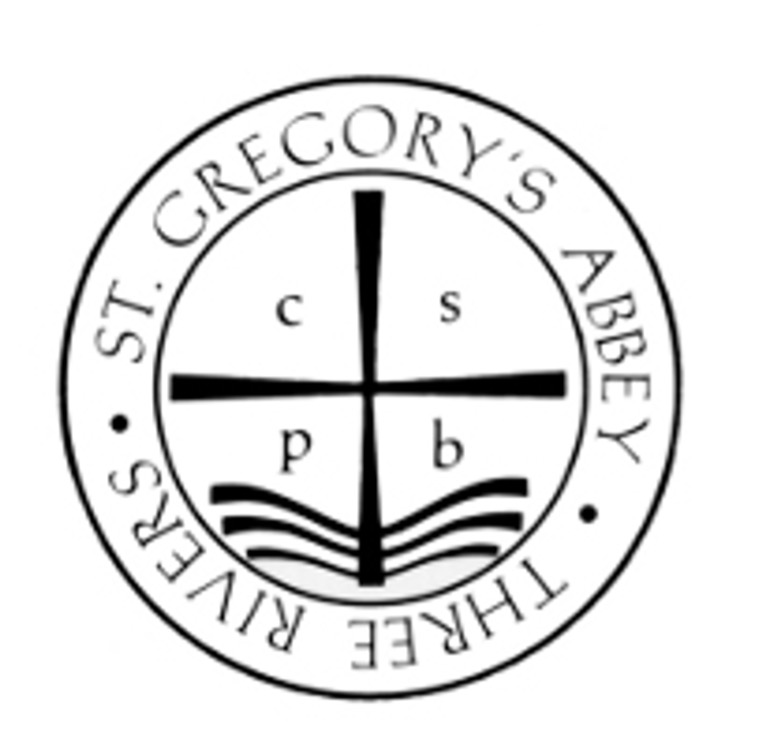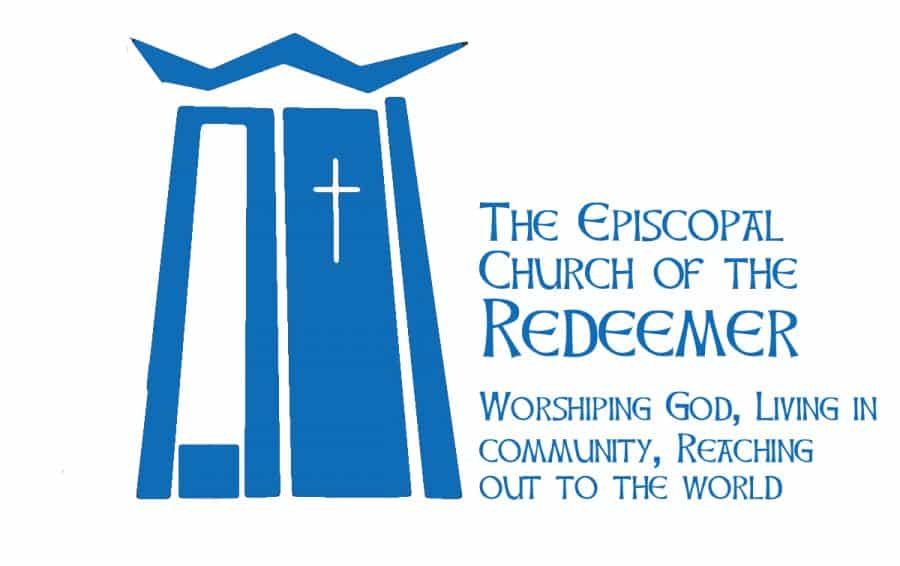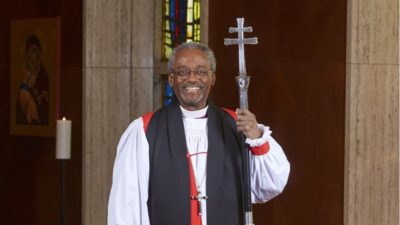This is the weekly bulletin insert from Sermons That Work.
Gifts to the Church by Episcopal Convents and Monasteries—St. Gregory’s Abbey of Three Rivers, Michigan
St. Gregory’s Abbey describes their offering of contemplative prayer.

What is contemplative prayer?
Contemplative prayer can be defined briefly as: quietly resting in the presence of God without use of words. At St. Gregory’s, time is specifically set aside each day for this practice, but it goes way beyond that. Contemplative prayer is a basic disposition cultivated through attentiveness to God with the goal that it will permeate the whole day and the whole life of the person practicing it. The Daily Office, held seven times a day at St. Gregory’s, is the backbone of the practice of contemplative prayer. By reciting and singing the psalms day in and day out with their pleas for justice and thanksgivings for deliverance, we are taken into the heart of human relationships with God. The Office is itself a contemplative exercise where we use the words of God in scripture to take us beyond the words into the presence of God. Worship in words and beyond words builds up the contemplative disposition that extends to manual labor and human interactions, especially pastoral interactions.
What good is contemplative prayer?
The worth of contemplative prayer cannot be measured by pragmatic considerations. We say and do many things throughout the day, many of which have value. Unfortunately, we tend to rush to get things done. We fill ourselves with agendas for other people and then push these agendas against them with force. This approach, in the end, leads to violence. We leave no room for God when we go on like this. Instead, we need to allow God to make space within us where we can let go of all our agendas and just be with God. The more we wait on God, the more we allow other people to be in God in deep peace. In so doing, we will never know what God does in the silence and it is essential to our surrender that we never know. It is as the Psalmist says: “Whom have I in heaven but you? And earth has nothing I desire besides you” (Ps. 73:25).
What is the community involvement?
The whole community participates in contemplative prayer as each member sets aside time for waiting on God, but more importantly, each of us supports one another in contemplative living through the practice of silence, especially at night, so as to create space for each other and for our guests and to create space for God.
Learn more about St. Gregory’s Abbey.

Bulletin Inserts
This weekly bulletin insert provides information about the history, music, liturgy, mission, and ministry of The Episcopal Church. For more information, please contact us at stw@episcopalchurch.org.

Sermons That Work
For more than 20 years, Sermons That Work, a ministry of The Episcopal Church’s Office of Communication, has provided free sermons, Bible studies, bulletin inserts, and other resources that speak to congregations across the Church. Our writers and readers come from numerous and varied backgrounds, and the resources we provide are used in small house churches, sprawling cathedrals, and everything between.

Church of the Redeemer
Church of the Redeemer: Worshiping God, living in community, and reaching out to the world around us. We are an Episcopal Church serving north King County and south Snohomish County, Washington. As you travel your road, go with friends walking the way of Jesus at Redeemer.
Church of the Redeemer is at 6210 Northeast 181st Street in Kenmore, Washington. The campus is a short distance north of Bothell Way, near the Burke-Gilman Trail. The entrance looks like a gravel driveway. The campus is larger on the inside than it is on the outside. And we managed to hide a large building on the side of a hill that is not easily seen from the street.
The Episcopal Church welcomes you.





